Supercharge your productivity with Microsoft Surface Book 3
Microsoft's laptop-tablet hybrid combines the full power of a laptop with the detachable portability of a tablet
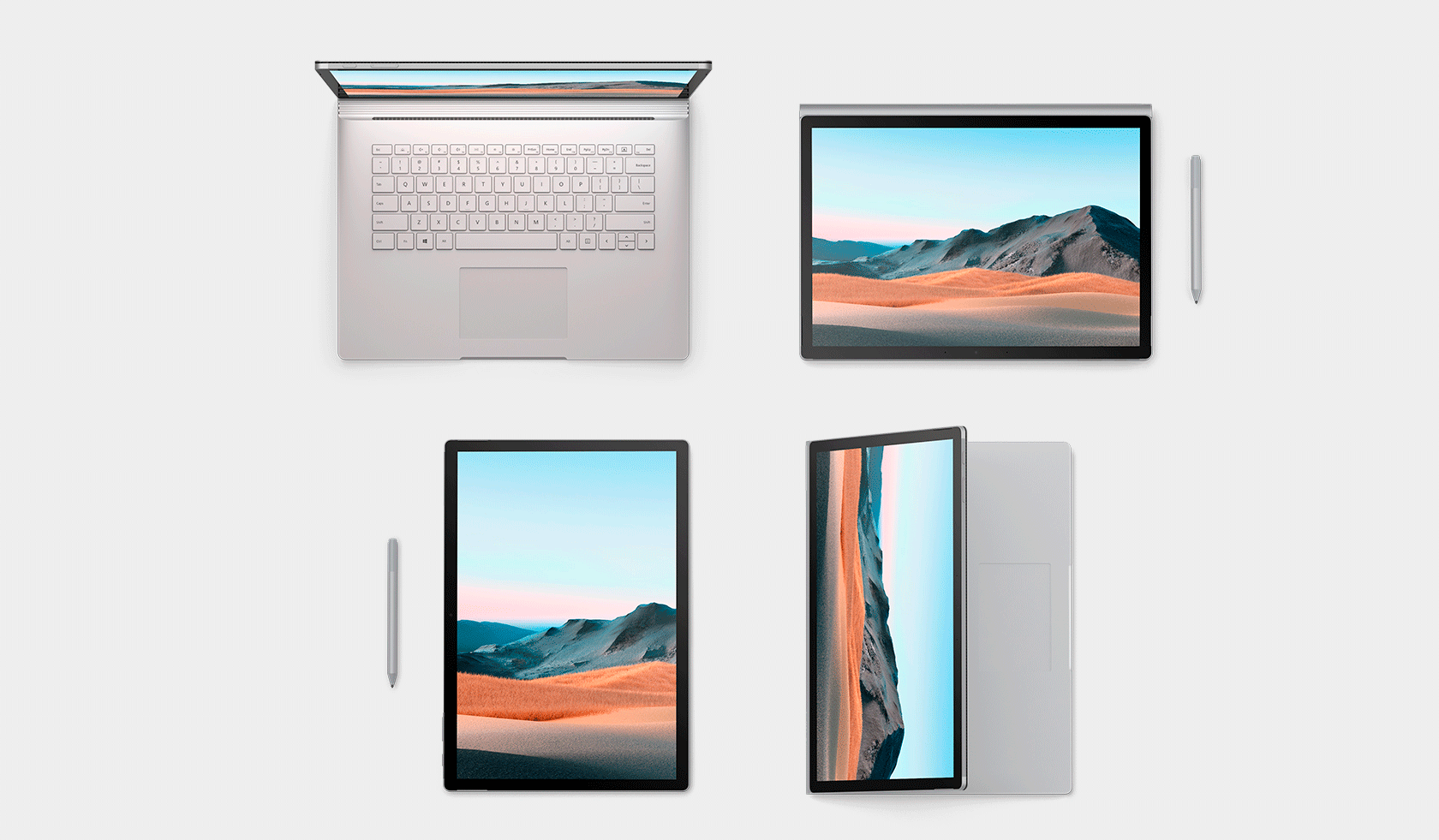
Over the past few years, Microsoft has been quietly doubling down on its hardware capabilities. The company’s Surface range of tablets and transformable PCs was launched back in 2012, designed and manufactured to be the ultimate companion for the new Windows 8 operating system. From the outset, the company went for premium prices and a creative customer base, exploiting the synergy between the touchscreen capabilities of their OS and the device, the first laptop ever designed in house.
Since then, the range has expanded, processors have sped up and customer expectations have risen. Windows 8 has given way to Windows 10, one of the most stable and accomplished OS’s ever. And yet the ‘ultrabook’ sector is a crowded one, with Apple’s faithful MacBook Air and Pro models still the weapons of choice for the corporate road warrior and itinerant IT-centric freelance creative.
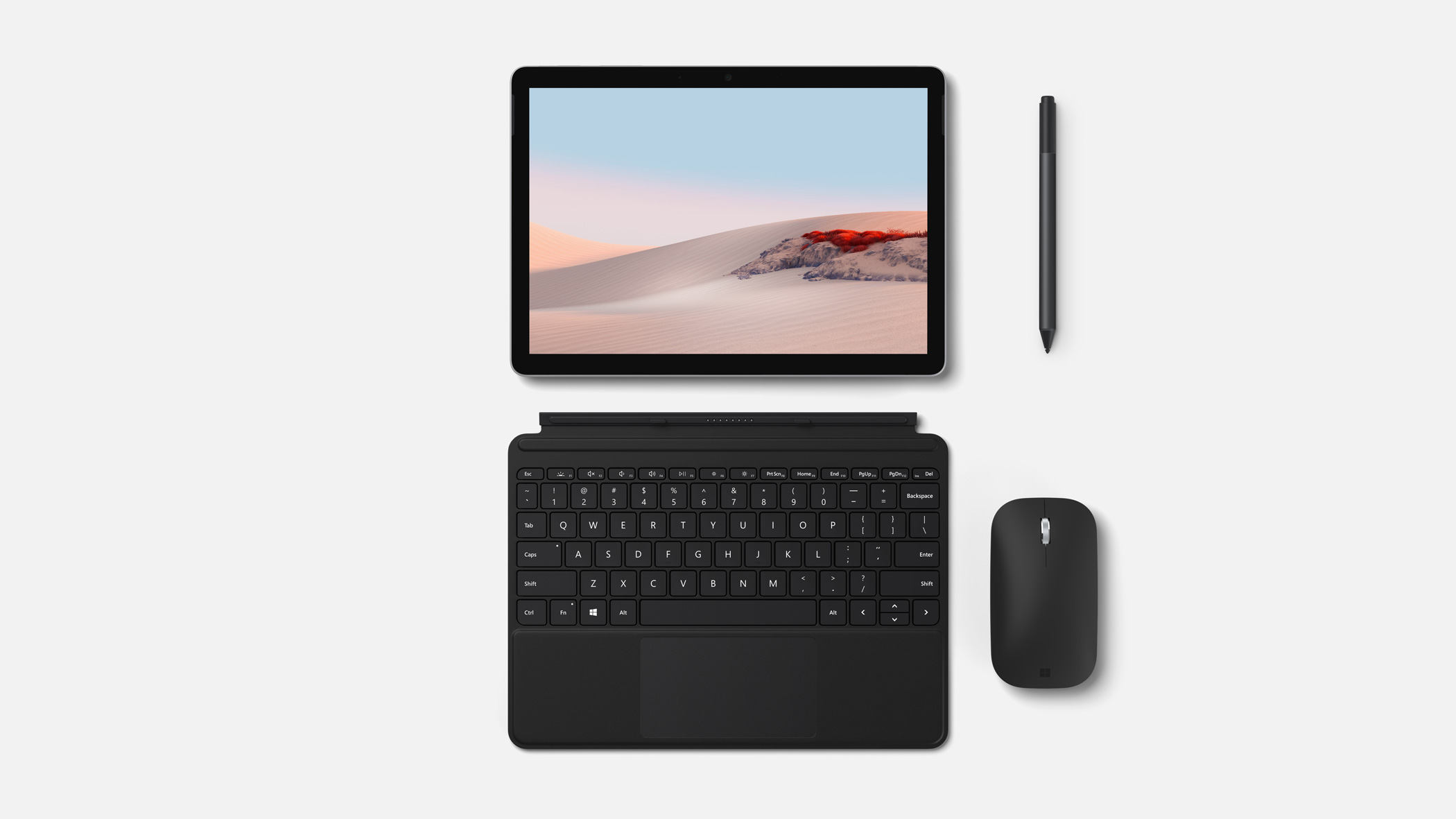
For the first time in its history, Microsoft was positioning itself as a leftfield choice. Even the hardware itself went out of its way to be different, from the Surface Studio all-in-one PC to the Surface Hub whiteboard and the extremely flexible detachable screen on the Surface Book line. The latter is the range’s portable flagship and the company recently launched the Surface Book 3. Other devices in the range include the Laptop 3, a more conventional model with a focus on high performance, and the Surface Pro X, a touchscreen model with an optional attachable keyboard and the lightweight Surface Go 2, designed for portability not overall performance.
The Surface Book 3 blends all these capabilities without compromising on any of them. In fact, it goes further. With up to 17 hours of battery life in the 15” model, the option of superfast NVIDIA graphics chips, two cameras and a number of screen configurations, the Book 3 is a true portable studio. The retention of a traditional headphone jack and SD card slot caters for musicians and photographers, while the pen experience is silky smooth and one of the best digital paper experiences available.
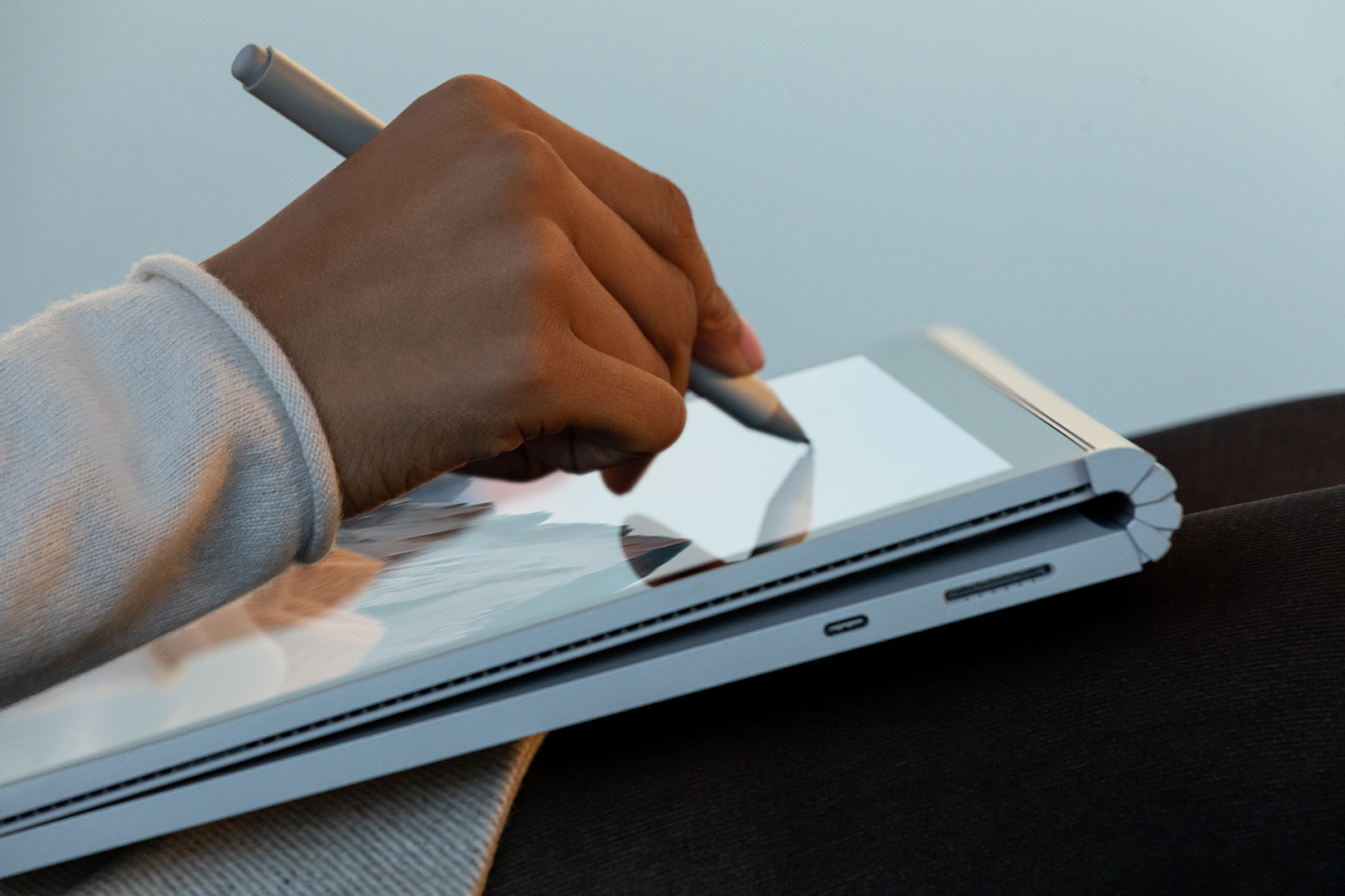
‘We’ve put people at the centre of every device,’ says Microsoft’s spokesperson Gillian Binks, explaining how the various interface methods — pen, touch, dial, trackpad and voice — are intended as a ‘seamless connection between your creativity and completion.’ In essence, Microsoft doesn’t want you to feel there is a computer in the way. This desire for ‘invisible hardware’ is slightly undermined by the tactile quality and attention to detail of the Surface Book 3; this is a very seductive device with its concealed speakers, aluminium surfaces, and clever hinge and detachable screen.
Microsoft has had a hardware division since the 1980s, initially for producing peripherals like the first PC-compatible mice. Ralf Groene, Corporate Vice President Design Microsoft Devices, started at the company 14 years ago, becoming head of all industrial design in 2015. Born in Germany, the industrial designer’s background is in toolmaking and he spent time at both frog design and IDEO before ending up in Redmond. Ten years ago, he started up the Surface design team. ‘There were three designers and maybe five engineers,’ he recalls, ‘we had to set out on a journey of thinking about tablet devices. The iPad had just come out and we wanted to see what the form could do for Windows.’
‘Every product in the Surface line has this idea of creation, production and entertainment,’ says Ralf Groene, Corporate Vice President Design Microsoft Devices
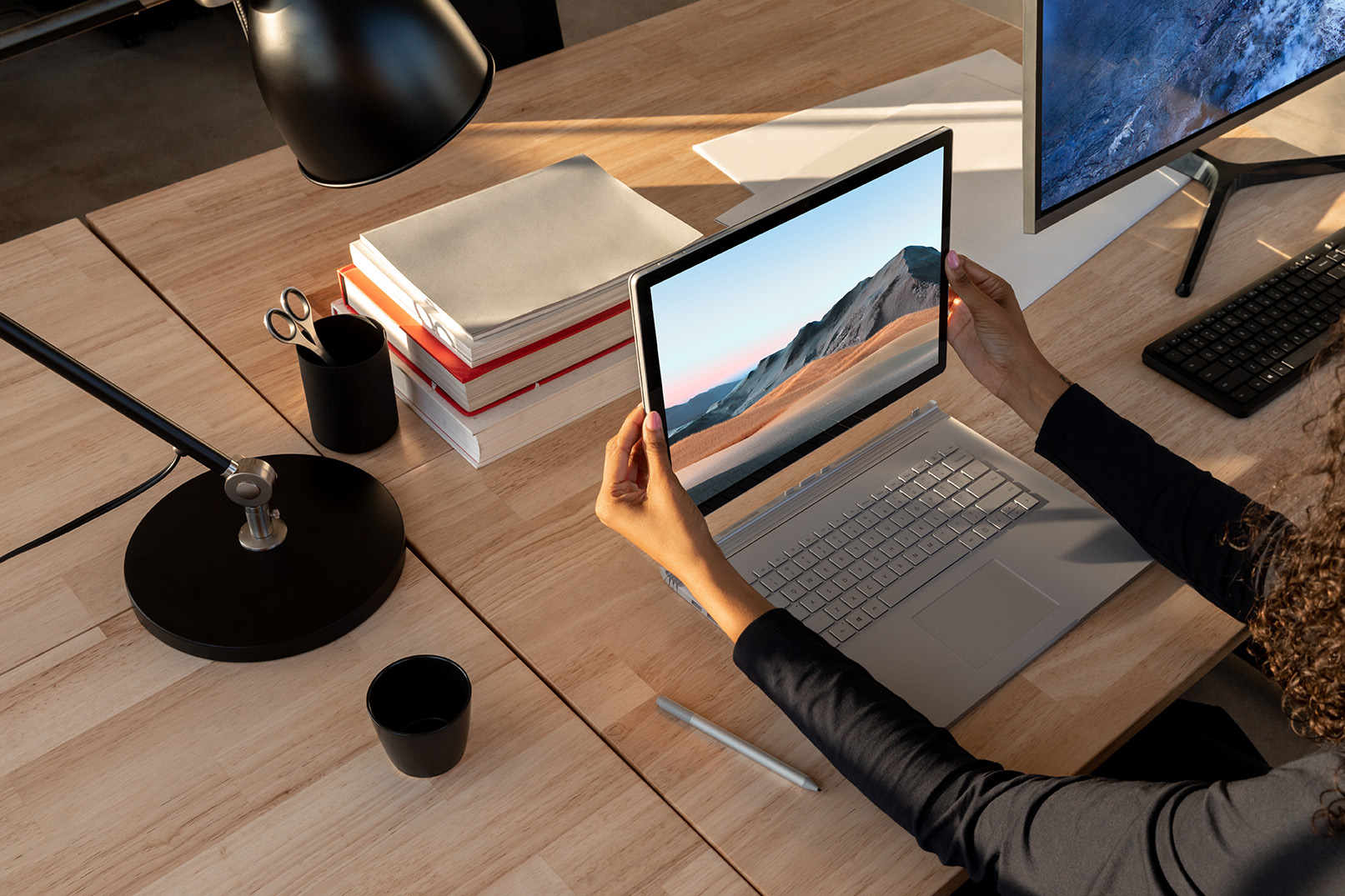
‘Every product in the Surface line has this idea of creation, production and entertainment,’ Groene explains, ‘these products are transformational because they adapt to your behaviour.’ They must also conform to our expectations, getting sleeker and faster each year. Groene admits that the rhythms of the computer industry, and the way in which faster processors, more memory and smaller components drive each cycle of hardware, sometimes takes precedence over creating decisively different devices. What goes on beneath the metal surface is ultimately the economic driver and the designer estimates that a production cycle of 18-24 months is typical for most devices. Microsoft manufactures across Asia, where it also has a dedicated design studio (the current geopolitical situation necessitates a certain caginess about specific locations – ‘it’s a global product,’ is all Groene will say). At Microsoft HQ there are about 30 industrial designers, with their own prototyping facility that can turn out short runs of fully functional devices.
Surface is still a premium product, a computer designed to last. ‘We’re not about churning out box after box after box,’ says Groene, ‘we have to work out how to move human-computer interaction forwards.’ One big step is the recently released Duo, an oversized folding device that is part tablet, part phone, a form factor that is currently seeking a pioneering user base. Flexibility, variety and user friendliness are still the key Surface characteristics. ‘We are not a committee, but a team,’ Groene concludes, ‘diversity of backgrounds, skills and nationalities is huge for us.’ We’re all remote workers now. Horizons might have shrunk but no-one has any desire to be tethered to a desktop. The Surface Book 3 is one of the best ways you can stay on the move.
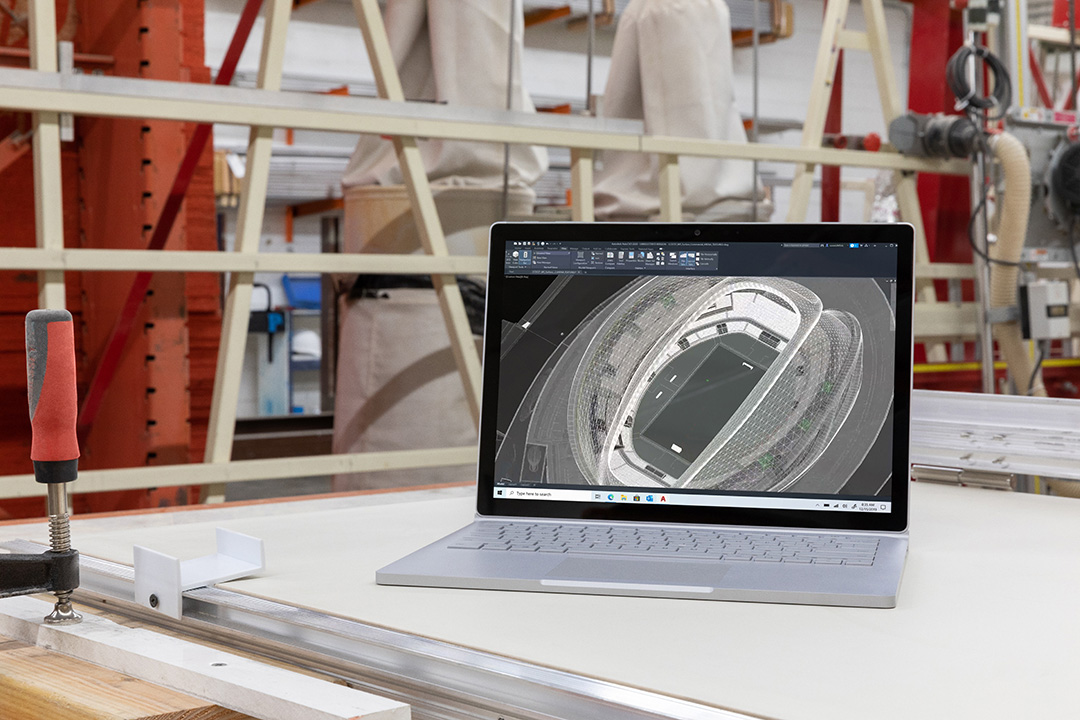
INFORMATION
Microsoft Surface Book 3, from £1,599
microsoft.com/surface
Wallpaper* Newsletter
Receive our daily digest of inspiration, escapism and design stories from around the world direct to your inbox.
Jonathan Bell has written for Wallpaper* magazine since 1999, covering everything from architecture and transport design to books, tech and graphic design. He is now the magazine’s Transport and Technology Editor. Jonathan has written and edited 15 books, including Concept Car Design, 21st Century House, and The New Modern House. He is also the host of Wallpaper’s first podcast.
-
 All-In is the Paris-based label making full-force fashion for main character dressing
All-In is the Paris-based label making full-force fashion for main character dressingPart of our monthly Uprising series, Wallpaper* meets Benjamin Barron and Bror August Vestbø of All-In, the LVMH Prize-nominated label which bases its collections on a riotous cast of characters – real and imagined
By Orla Brennan
-
 Maserati joins forces with Giorgetti for a turbo-charged relationship
Maserati joins forces with Giorgetti for a turbo-charged relationshipAnnouncing their marriage during Milan Design Week, the brands unveiled a collection, a car and a long term commitment
By Hugo Macdonald
-
 Through an innovative new training program, Poltrona Frau aims to safeguard Italian craft
Through an innovative new training program, Poltrona Frau aims to safeguard Italian craftThe heritage furniture manufacturer is training a new generation of leather artisans
By Cristina Kiran Piotti
-
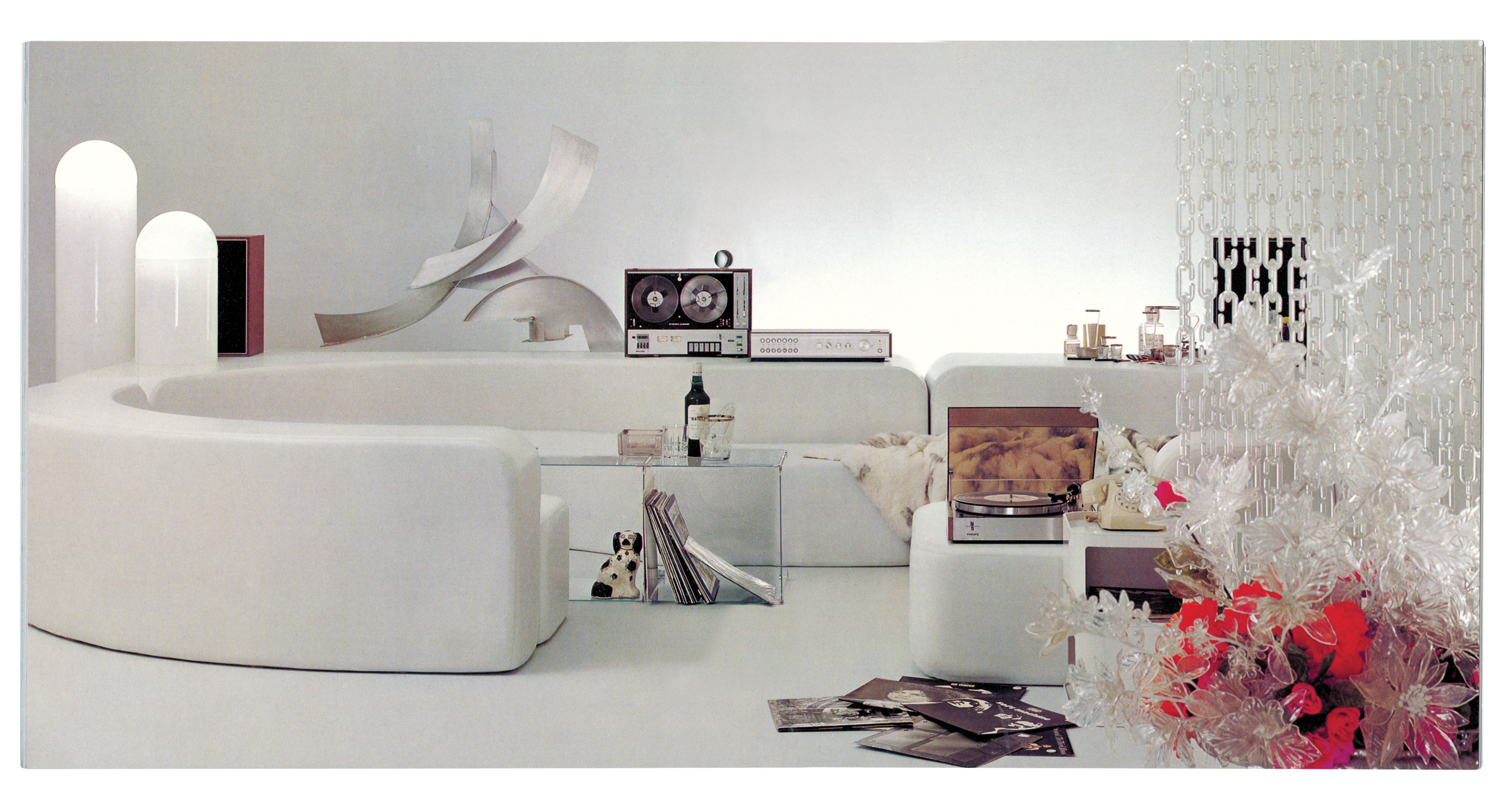 ‘Audio Erotica’ charts home audio through promotional graphics and imagery
‘Audio Erotica’ charts home audio through promotional graphics and imagery‘Audio Erotica: Hi-Fi Brochures 1950s-1980s’ is a playful survey of three decades’ worth of design for listening
By Jonathan Bell
-
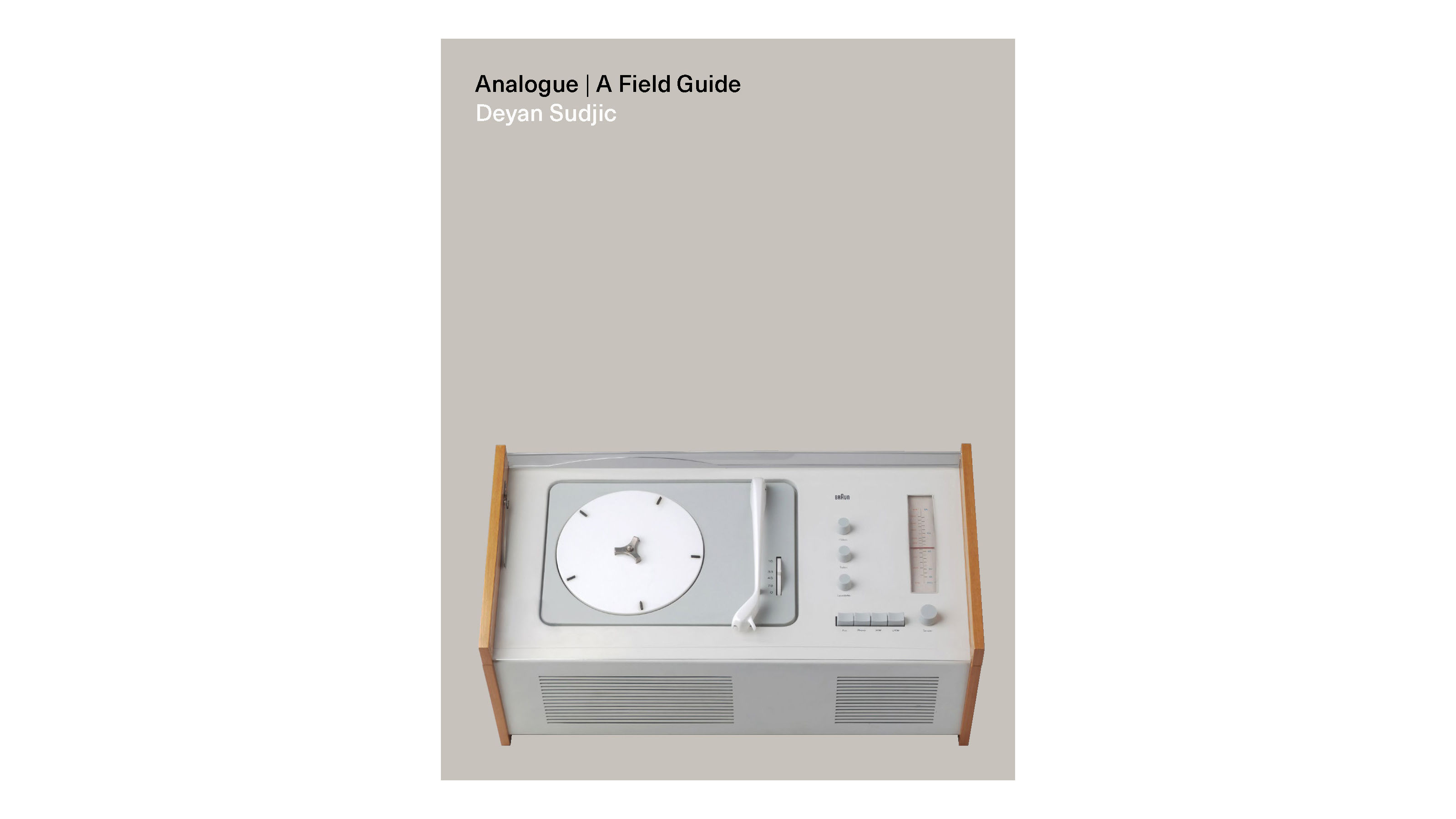 Deyan Sudjic’s new book explores the appeal of analogue technology
Deyan Sudjic’s new book explores the appeal of analogue technology‘Analogue: A Field Guide’ by Deyan Sudjic delves into the design history of hundreds of iconic pieces of personal tech
By Jonathan Bell
-
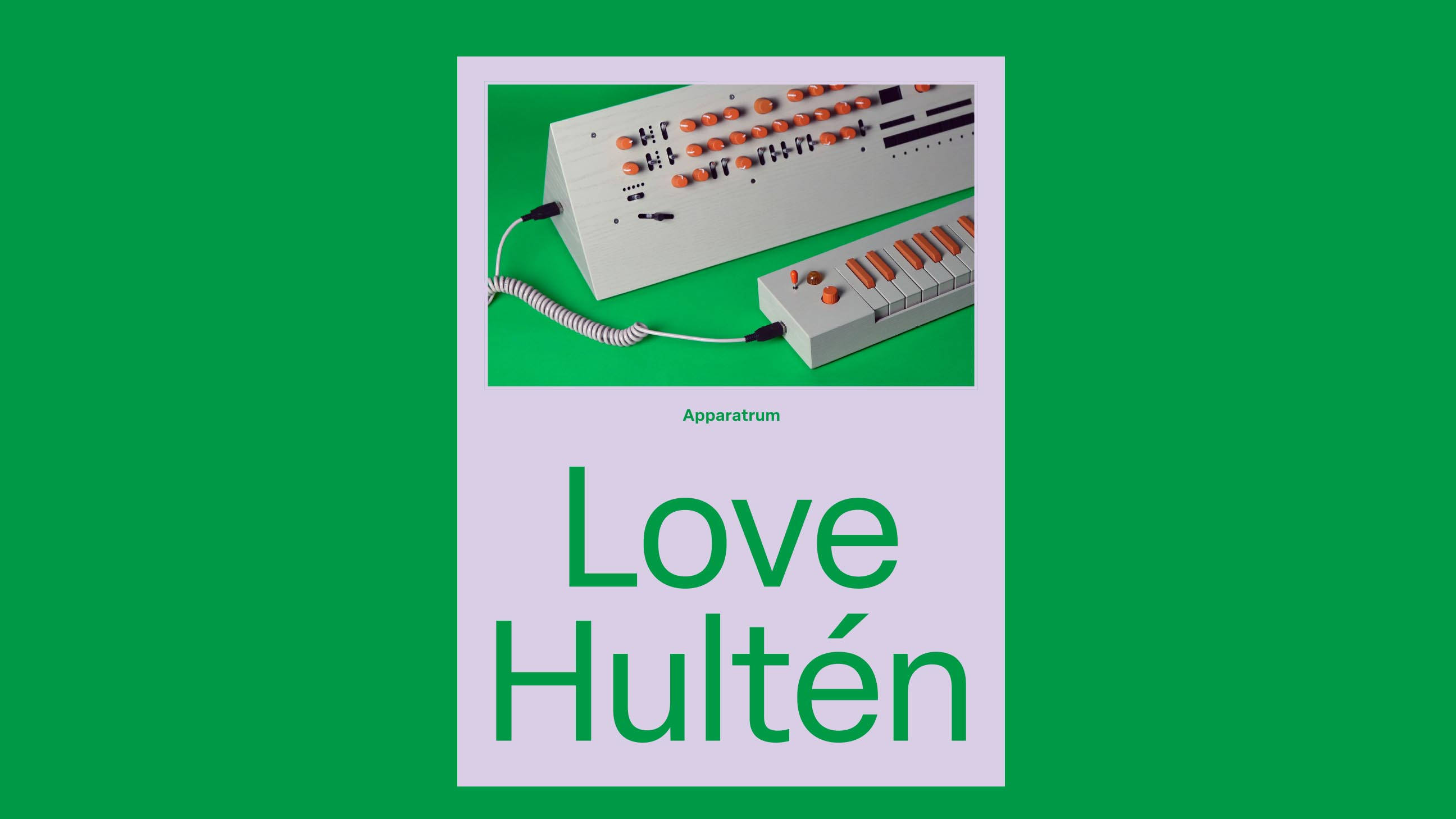 ‘Apparatrum’ is a book exploring the craft of synthesist and inventor Love Hultén
‘Apparatrum’ is a book exploring the craft of synthesist and inventor Love Hultén‘Apparatrum’ charts the life and work of Swedish craftsman Love Hultén – you’ll have to move fast to secure the limited-edition version
By Jonathan Bell
-
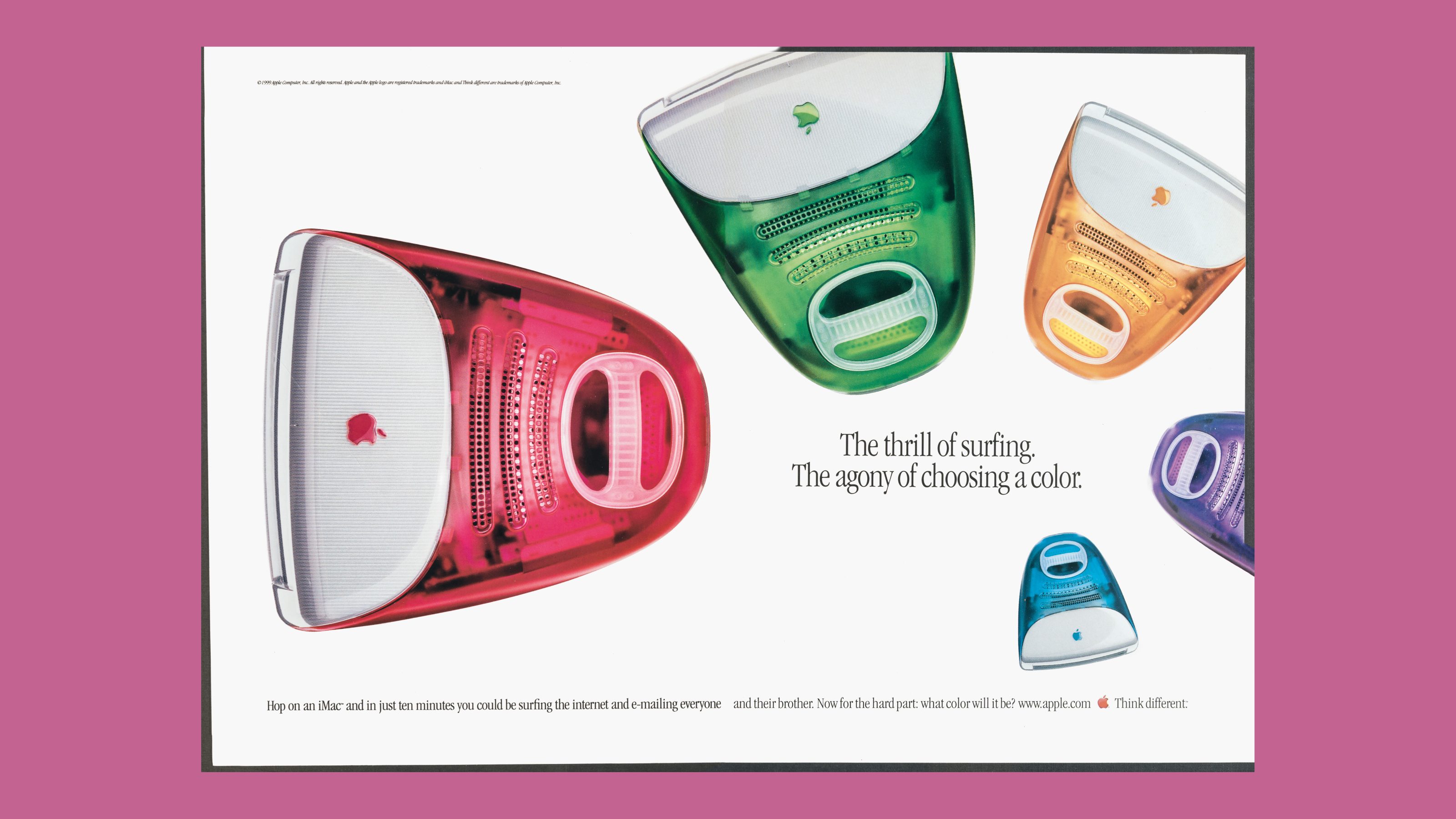 New Taschen book ‘The Computer’ is a monumental survey
New Taschen book ‘The Computer’ is a monumental survey‘The Computer’ from Taschen is a richly illustrated history of society’s ever-evolving relationship with the silicon chip
By Jonathan Bell
-
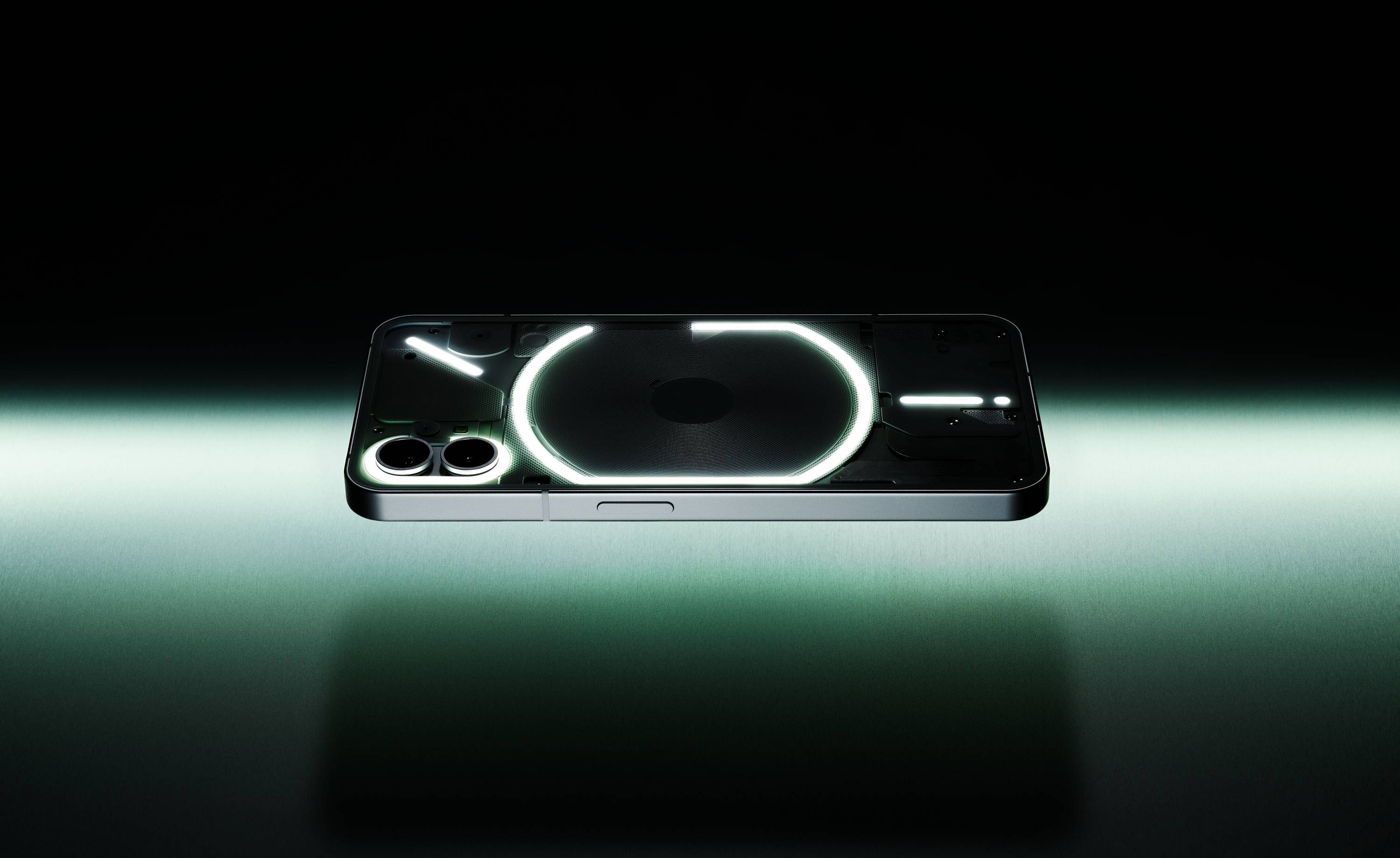 Hands on with new Nothing Phone (1): a clearly different smartphone
Hands on with new Nothing Phone (1): a clearly different smartphoneNothing Phone (1) launches, hitting the sweet spot between price, performance, and efficiency, and promoting the simplification of your smartphone life
By Jonathan Bell
-
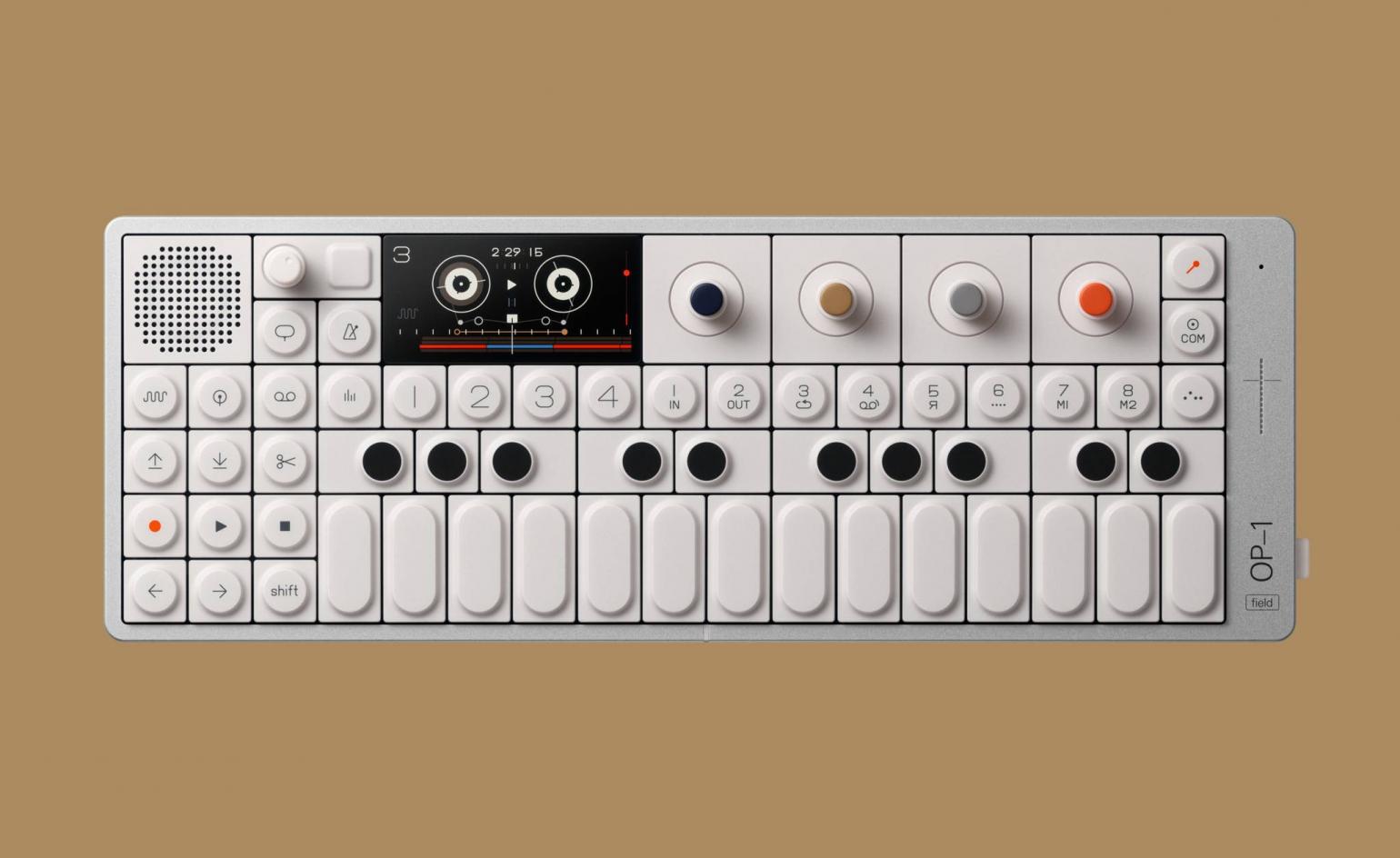 Teenage Engineering announces OP-1 Field, the ultimate new musical device
Teenage Engineering announces OP-1 Field, the ultimate new musical deviceWithin the tiny confines of this compact synthesiser – Teenage Engineering’s OP-1 Field – it’s possible to compose and record a complete track
By Jonathan Bell
-
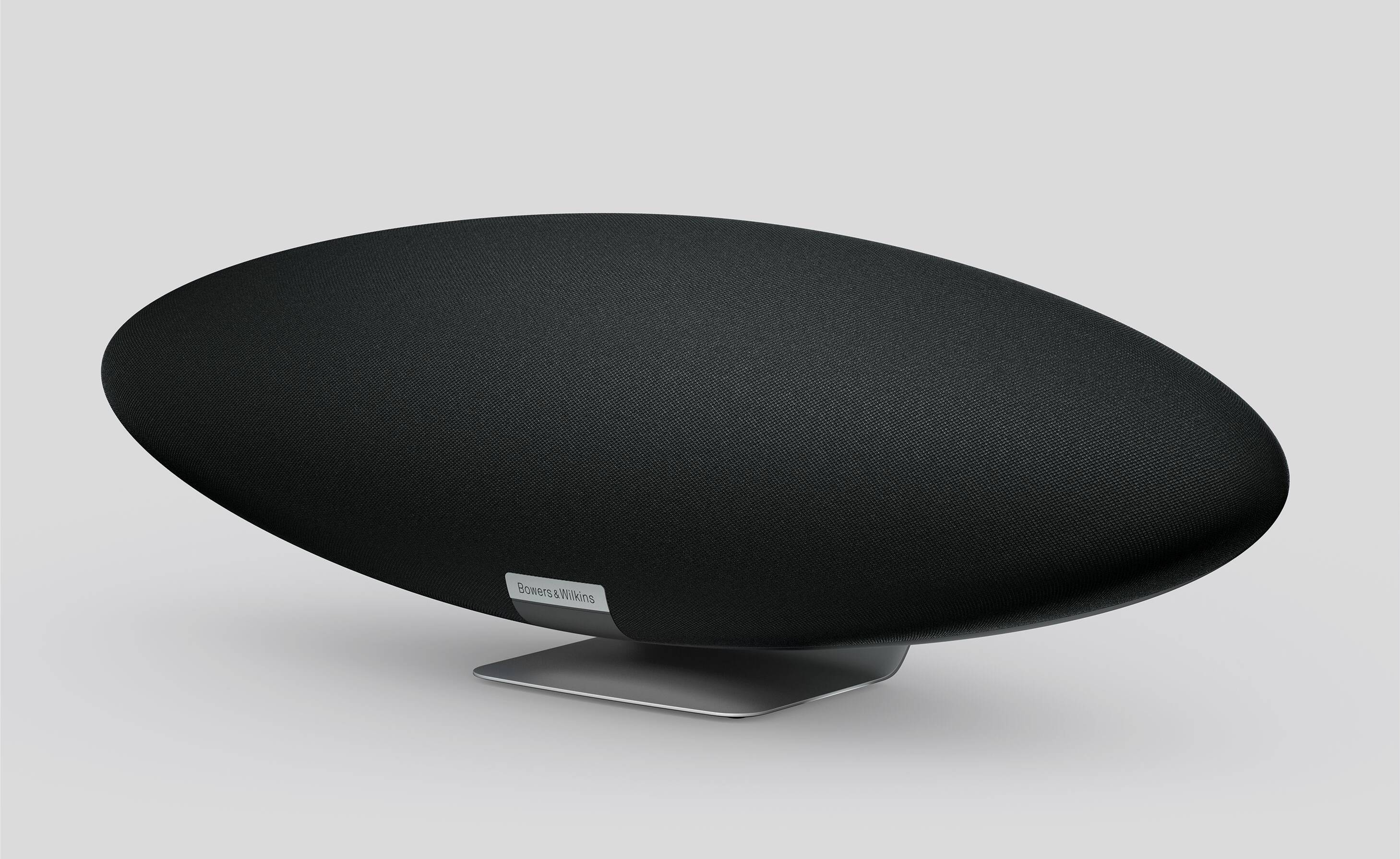 Flying high with B&W’s pioneering Zeppelin, the ultimate standalone speaker
Flying high with B&W’s pioneering Zeppelin, the ultimate standalone speakerReviewing the latest, ever-more functional iteration of the Bowers & Wilkins Zeppelin sculptural speaker, we speak to the brand about the secret of its 15-year success
By Jonathan Bell
-
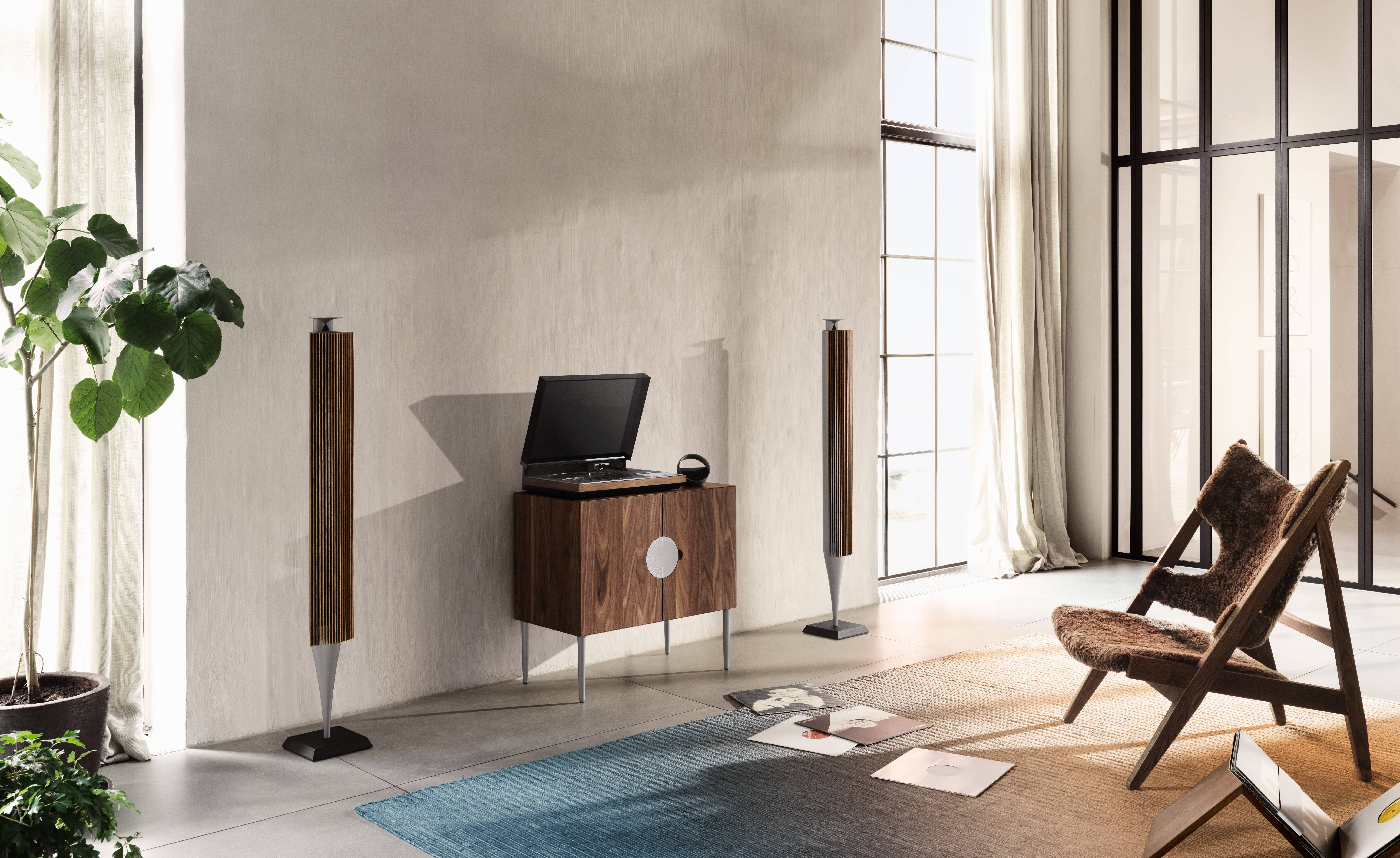 Beosystem 72-22 music system pays homage to best of Bang & Olufsen
Beosystem 72-22 music system pays homage to best of Bang & OlufsenBeosystem 72-22 is a beautifully crafted, collector’s edition music system that celebrates and renews Bang & Olufsen’s 1972 Beogram 4000 Series turntable, and comes in a handmade walnut gift box-cum-stand
By Jonathan Bell